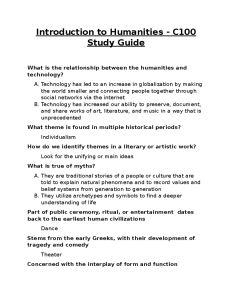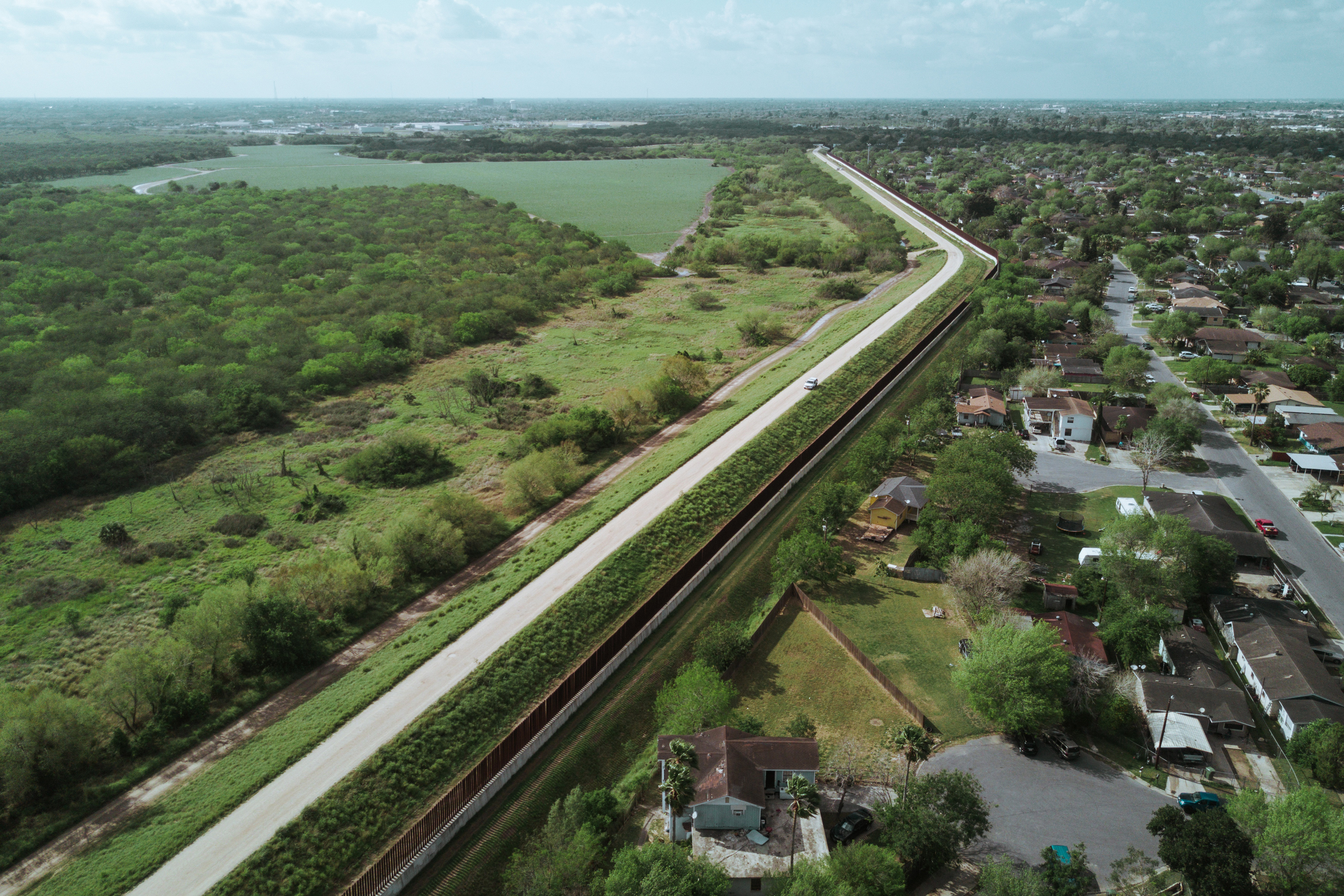Brownsville border relations are at a pivotal point as leaders from this Texas city and its counterparts across the Rio Grande navigate the complexities surrounding immigration and trade. With the recent symposium featuring mayors from both sides of the border, discussions highlighted the crucial role of cross-border cooperation in addressing issues such as migrant flow reduction and the impacts of U.S. Mexico tariffs. These mayors, particularly John Cowen of Brownsville and Cruz Pérez Cuéllar of Ciudad Juárez, share a common goal: to strengthen their interconnected economies despite the barriers presented by politics. They emphasize that their communities are not just separated by geography but deeply linked through shared values and economic interdependence. As these local leaders work together, the future of Brownsville border relations may redefine the narrative surrounding U.S.-Mexico ties and mutual support.
The dynamics of relationships along the U.S.-Mexico border, particularly in Brownsville, hold a unique significance for both regions involved. As mayors and local officials convene to address challenges such as immigration and tariff impacts, the significance of their collaboration cannot be overstated. These officials represent two different nations yet confront similar economic hurdles and opportunities for cross-border alliance. The interconnectedness of their communities is evident not only in trade but also in cultural exchanges and familial ties that transcend the border. As they seek solutions to pressing issues, discussions on policies and interactions become vital for fostering an environment conducive to growth and stability.
The Vital Role of Mayors in Brownsville Border Relations
Mayors play a crucial role in fostering Brownsville border relations, where political, social, and economic landscapes are deeply intertwined. John Cowen Jr., the mayor of Brownsville, emphasizes the unique binational community formed by cities across the U.S.-Mexico border, asserting that local governance must respond to the cross-border dynamics at hand. This makes their perspectives vital in discussions regarding policy changes and federal relations. The close ties between these communities necessitate a collaborative approach to problems such as immigration, security, and public health, where local officials often lead the charge in advocating for their citizens.
In recent dialogues, mayors like Cowen and Cruz Pérez Cuéllar from Ciudad Juárez have highlighted the importance of their shared challenges, particularly in the face of changing U.S. Mexico tariffs and immigration policies. By positioning themselves as voices of their communities, they can influence not only regional but also national policies that affect their economies and social structures. As they gather to discuss solutions for issues that transcend borders, their leadership is essential for maintaining stability and promoting economic growth in cross-border cooperation.
Navigating Cross-Border Cooperation amidst Tariff Concerns
Cross-border cooperation between Brownsville and its Mexican counterparts has been significantly impacted by the uncertain landscape of U.S. Mexico tariffs. Mayors from both sides have expressed apprehensions regarding how tariff changes could disrupt the delicate economic balance that governs prosperity in the region. Peña Ortiz articulated concerns about the future of collaborative programs critical for both the environment and economic development, like those established under the North American Development Bank (NADBank). He asserts that without the opportunity for cross-border investments, the future of local economies will remain increasingly bleak.
Despite these challenges, the mayors have committed to strategic initiatives that aim to bolster cooperation even amidst tariff headwinds. Cowen has noted the potential of infrastructural projects, such as the upcoming gas liquification and export terminal, which will stimulate job creation and economic activity in Brownsville, furthering interconnected economies across the border. By focusing on mutual interests in development, these leaders are striving to maintain strong ties that can endure the fluctuations of federal policies.
Impact of Immigration Policies on Local Economies
The recent drop in migrant flows observed by mayors on both sides of the border has underscored the intricate relationship between immigration policies and local economies. Mayor Peña Ortiz noted a staggering 95 percent decrease in migrant traffic, which reflects broader changes resulting from recent U.S. federal policy shifts. This reduction in migrants has led to decreased demand for local resources traditionally stretched by higher populations, impacting everything from housing to service provision. Both mayors stress the necessity of adapting local services to these fluctuations and working in conjunction with federal authorities to support their communities effectively.
Mayor Cowen highlighted the challenges that a potential future influx of migrants could pose to Brownsville’s economy. He emphasized the critical need for federal support structures, particularly funding for shelters and services, to ensure the city could accommodate its current population’s needs while being prepared for any changes. This proactive approach to anticipating shifts in migrant flows demonstrates how interconnected the management of immigration policies and local economics have become, showing mayors’ commitment to safeguarding their communities against external pressures.
The Future of Binational Economic Ties
As mayors of border cities forge ahead amid changing political landscapes, the future of binational economic ties remains a vital concern. Mayor Cowen’s discussion around Brownsville’s significant economic developments, such as the SpaceX facilities and gas export terminal, showcases the potential for growth that hinges on strong cross-border relationships. Establishing reliable economic channels and partnerships can serve as an anchor, ensuring mutual benefits for both Brownsville and its neighboring cities in Mexico.
Furthermore, ensuring that tariffs do not disrupt this burgeoning relationship is essential. Mayor Pérez Cuéllar’s comments regarding the hesitance of large corporations to invest due to tariff uncertainties highlight the critical nature of stable, supportive policies from both governments. Addressing these fears through dialogue and cooperative agreements can enable investments that fortify local economies and improve quality of life on both sides of the border. Ultimately, the mayors’ dedication to maintaining and enhancing their cities’ financial landscapes amidst external pressures underscores their commitment to shared prosperity.
Coping with Environmental Challenges in Border Communities
Environmental concerns represent an essential aspect of the discussions between Brownsville and its Mexican counterparts. Mayor Peña Ortiz raised alarms about potential repercussions on vital resources—especially regarding water quality—assuming tariffs limit collaborative efforts. Local initiatives aimed at environmental preservation are often grounded in binational partnership, and any disruption could jeopardize long-term sustainability of shared resources critical for both populations.
Moreover, the historical partnership through initiatives like NADBank has laid the groundwork for addressing environmental issues collectively. Cowen noted that cooperation is paramount to effectively manage regional challenges, including pollution and infrastructure. Only through a united front can Brownsville and its Mexican neighbors hope to provide clean, sustainable resources for their communities. Protecting these shared resources not only relies on immediate political actions but also requires a long-term vision for cooperation despite fluctuating tariffs and immigration policies.
Economic Resilience Against Tariff and Policy Shifts
The path to economic resilience for border cities such as Brownsville lies in diversifying economic activities and enhancing cross-border collaboration. Mayor Cowen’s outline of ongoing projects at the Port of Brownsville indicates a proactive stance towards achieving economic stability, despite the potential challenges posed by federal U.S. Mexico tariff policies. By investing in diverse sectors like technology and energy, these border towns can buffer against sudden policy changes while creating new opportunities for growth.
Moreover, the mayors are keenly aware of the repercussions that unstable trade agreements can have on local economies. Pérez Cuéllar emphasized the importance of long-term planning to ensure businesses remain confident in their investment capabilities in Ciudad Juárez. Interconnected economies thrive on predictability; thus, both leaders are committed to fostering dialogues with their communities, sharing insights and strategies that enhance economic resilience in the face of tariffs and shifting political landscapes.
Contributions of Non-Governmental Organizations
Non-Governmental Organizations (NGOs) have become integral to maintaining stability and supporting cross-border relations between cities like Brownsville and their Mexican partners. These organizations often take the lead in providing resources for migrants and underserved communities, effectively filling gaps left by governmental agencies amid fluctuating policies. Mayor Cowen highlighted the collaborative efforts of NGOs in managing local responses to migrant pressures, allowing mayors to focus on broader economic and infrastructural challenges.
Additionally, the partnerships forged between local governments and NGOs have facilitated a smoother delivery of aid and services, maximizing efficiency and responsiveness. This cooperation can bolster cross-border cooperation significantly, ensuring that residents have access to necessary support during times of crisis. As mayors and NGOs continue to work hand in hand, they contribute to the resilience of interconnected economies and communities along the Mexico-U.S. border.
Addressing Public Health Concerns in Border Areas
Public health remains a significant area of concern for mayors managing border relations, as figures like Cowen and Peña Ortiz address the pressing needs of their communities. They recognize that factors such as infectious diseases can spread rapidly across borders, exacerbated by the movement of people and goods. Past experiences, including outbreaks of Zika virus, dictate proactive strategies in health systems, which require close cooperation between U.S. and Mexican health institutions.
Moreover, with the possibility of budget cuts looming over health programs, mayors have expressed the urgency to secure funding and resources that will protect public health services. Both mayors stressed the importance of building contingencies to handle any future health crises, showcasing their commitment to ensuring that their communities do not suffer from the consequences of inadequate healthcare provisions. By working collaboratively, they aim to create a responsive public health network that transcends borders, safeguarding community well-being.
The Importance of Infrastructure Development
Infrastructure development serves as a cornerstone for the economic vitality of border cities. Mayor Cowen’s insights into ongoing projects in Brownsville illuminate efforts to enhance transportation and trade capabilities, which are particularly crucial for facilitating efficient cross-border commerce. The upcoming liquification terminal at the Port of Brownsville is a prime example of how infrastructure plays a role in expanding economic opportunities that benefit both sides of the border.
Investment in infrastructure is not without its challenges, especially in light of U.S. Mexico tariffs that may affect funding and resource allocation. Pérez Cuéllar’s call for stable tariff policies reflects the need for predictable investment environments, enabling Ciudad Juárez and Brownsville to attract much-needed funds for their developmental projects. As both mayors strive to improve their cities’ infrastructures, they reaffirm their commitment to creating a more interconnected future that supports economic growth and prosperity across the border.
Frequently Asked Questions
How do Brownsville border relations affect migrant flow reduction?
Brownsville’s border relations directly influence migrant flow management. Recent discussions among mayors have highlighted a 95% reduction in migrant traffic due to improved cooperation and policies. This shift underscores the importance of cross-border collaboration in addressing migration challenges.
What role do U.S. Mexico tariffs play in Brownsville border relations?
U.S. Mexico tariffs significantly impact Brownsville’s economy and border relations. Local leaders express concern that fluctuating tariff policies can hinder cross-border cooperation, affecting trade and investments critical for the interlinked economies of Brownsville and its Mexican counterparts.
How does cross-border cooperation impact the economies of Brownsville and Ciudad Juárez?
Cross-border cooperation is vital for the economies of Brownsville and Ciudad Juárez, fostering collaborative initiatives like joint economic projects and environmental programs, which help stabilize and grow their interconnected economies despite challenges such as tariffs and migration.
What initiatives are in place to improve Brownsville border relations?
Current initiatives aimed at enhancing Brownsville border relations include investments in infrastructure, such as the gas liquefaction terminal and SpaceX facilities, that contribute to economic growth and foster partnerships with Mexican cities to manage issues like immigration effectively.
Why is the partnership between Brownsville and Mexican border mayors important?
Partnership between Brownsville and Mexican border mayors is crucial because it enables them to address shared challenges like migration, economic development, and public safety collaboratively, ensuring a unified approach that benefits both communities amidst evolving political landscapes.
How can local economies in Brownsville benefit from improved border relations?
Improved border relations can benefit Brownsville’s local economy by facilitating trade, attracting foreign investments, and enhancing cross-border commerce, which are essential for job creation and reducing poverty in the region.
What impact does the reduction in migrant flows have on Brownsville border relations?
A reduction in migrant flows can positively influence Brownsville border relations by allowing local governments to focus on economic development and public safety, fostering a more stable community environment for cross-border partnerships and cooperation.
How have recent changes in U.S. leadership affected Brownsville border relations?
Recent changes in U.S. leadership have led to significant discussions among Brownsville’s mayors regarding immigration policies, tariffs, and cross-border cooperation, with varying perspectives on how these shifts will impact their local economies and bilateral relations.
How does the historical exchange rate volatility affect Brownsville border relations?
Historical exchange rate volatility, particularly fluctuations in the Mexican peso, directly impacts Brownsville border relations by influencing trade dynamics and economic stability, necessitating collaborative strategies to mitigate these challenges for both communities.
What future challenges do Brownsville border relations face post-pandemic?
Post-pandemic, Brownsville border relations may face challenges including economic recovery amidst evolving tariff policies, continued management of migrant flows, and ensuring sustainable cross-border cooperation to support local economies and community safety.
| Key Issues | Brownsville, Texas | Ciudad Juárez, Mexico | Common Challenges |
|---|---|---|---|
| Economic Interdependence | Affected by Mexican peso devaluation affecting local economy. | Concerned with tariff impacts on businesses and investments. | Both cities’ economies tied together through trade and shared industries. |
| Migration Patterns | Reported significant influx of migrants during first month in office, leading to management challenges. | Significant decrease in migrant numbers and improved local safety conditions. | Changes in migration policy impact both cities, needing collaboration and solutions. |
| Collaborative Efforts | Seeking federal support for local initiatives, worried about funding cuts affecting migrant housing and health. | Positive federal government support for shelter capacity. | Federal collaboration is crucial for community projects and environmental initiatives. |
| Future Prospects | Investments in new businesses like SpaceX and gas export terminal projected to boost economy. | Awaiting stable U.S. tariff policies to encourage investment from major companies. | Economic policies and infrastructure developments will dictate future growth on both sides. |
Summary
Brownsville border relations reflect the intricate connections between cities separated by a river yet united by shared challenges and interdependencies. The collaborative efforts of Brownsville and its counterpart, Ciudad Juárez, highlight the importance of addressing economic concerns, migration patterns, and future investments in fostering a robust and resilient border economy.









